Fabrics
Available in a collection of 3 Fabrics and 24 colours. Exclusively from Kvadrat.
Fabrics
Available in a collection of 3 Fabrics and 24 colours. Exclusivly from Kvadrat.

Autumn
Pattern: Solid
Composition: 100% recycled polyester
Weight: 580 g/lin. m (18.71 oz/ly)
EN ISO 12947
The Martindale method is the most widely used method for testing upholsteries for abrasion resistance. During testing the fabric is rubbed against a standard wool textile with a given weight-load applied. Running at intervals of 5.000 circular rubbing motions, the test continues until two threads are worn.
Minimum requirements
Private and low traffic public areas: 10.000 – 15.000 rubs
High traffic private and office spaces: 15.000 – 25.000 rubs
Public spaces and transportation: 25.000 – 45.000 rubs
Durability test results exceeding ACT performance guidelines (> 40,000 rubs) are not an indicator of product lifespan. Multiple factors affect durability and appearance retention.
EN ISO 12945
Pilling is the term used to indicate whether small balls of fibres, known as pills, form on the surface of the fabric due to wear.
It is evaluated on a scale from 5 (best) to 1 (worst).
ISO 105-B02
Lightfastness relates to the ability of a textile to retain its colour under light. When testing for lightfastness, samples are exposed to artificial daylight for a specified period.
The evaluation scale ranges from 1 (worst) to 8 (best). An increase of one point corresponds to a doubling of the lightfastness, i.e. the same fading takes twice as long.
Önorm B1/Q2 with treatment • US Cal. Bull. 117-2013 • EN 1021-1/2 • AS/NZS 3837 class 1 • IMO FTP Code 2010 Part 8 • ASTM E84 Class A Adhered • BS 7176 Low Hazard • NFPA 701 with treatment • BS 5852 part 1 with treatment • ASTM E84 Class A Unadhered • BS 5852 crib 5 with treatment • SN 198 898 5.2 with treatment
Flame retardant performance depends on the type of foam used. There are differing requirements concerning the flame-retardancy of textiles dependent on the area of application, country or even region. Our textiles pass the majority of international standards and are also tested for a selection of regional requirements.
ISO 105-X12
The term for determining the resistance of the textile’s colour to rubbing off and staining other materials. A distinction is made between wet and dry rubbing.
It is evaluated on a scale from 5 (best) to 1 (worst).
EN ISO 13936-2
Regular cleaning is important in order to keep the upholstery textile looking its best and to prolong its life. Dust and dirt wear down the textile and also reduce its re-retardant properties.
Vacuum frequently, ideally every week, at half power where appropriate. Wipe upholstery fabrics made from polyurethane with a dry or moist cloth. May also be vacuum cleaned with a soft brush.
- Do not wash
- Do not bleach
- Do not tumble dry
- Iron at medium temperature (max. 150°C)
- Professional dry cleaning only
100% Recycled Polyester

Autumn is an upholstery textile woven from 100% recycled polyester. It comes in a nuanced colour palette designed by Teruhiro Yanagihara, inspired by the transient nature of the ‘ageing season’.
The textile is constructed with a recycled polyester yarn made from used plastic bottles and woven in a layered double-beam weave. This composition gives Autumn a soft, natural hand and allows it to be continuously recycled with no degradation in quality.
A dark, unicoloured background is used across Autumn’s colour palette, and offers a rich contrast to the melange top layer, which features yarns created from a mix of two fibre-dyed colours. The scale comprises a selection of neutrals including a white melange, papery beige notes and greys, and characterful reds, blues, and oranges, alongside a lively black shade.
Autumn is suitable for a wide range of commercial and residential applications.
Autumn
100% Recycled Polyester

Autumn is an upholstery textile woven from 100% recycled polyester. It comes in a nuanced colour palette designed by Teruhiro Yanagihara, inspired by the transient nature of the ‘ageing season’.
The textile is constructed with a recycled polyester yarn made from used plastic bottles and woven in a layered double-beam weave. This composition gives Autumn a soft, natural hand and allows it to be continuously recycled with no degradation in quality.
A dark, unicoloured background is used across Autumn’s colour palette, and offers a rich contrast to the melange top layer, which features yarns created from a mix of two fibre-dyed colours. The scale comprises a selection of neutrals including a white melange, papery beige notes and greys, and characterful reds, blues, and oranges, alongside a lively black shade.
Autumn is suitable for a wide range of commercial and residential applications.
Pattern: Solid
Composition: 100% recycled polyester
Weight: 580 g/lin. m (18.71 oz/ly)
EN ISO 12947
The Martindale method is the most widely used method for testing upholsteries for abrasion resistance. During testing the fabric is rubbed against a standard wool textile with a given weight-load applied. Running at intervals of 5.000 circular rubbing motions, the test continues until two threads are worn.
Minimum requirements
Private and low traffic public areas: 10.000 – 15.000 rubs
High traffic private and office spaces: 15.000 – 25.000 rubs
Public spaces and transportation: 25.000 – 45.000 rubs
Durability test results exceeding ACT performance guidelines (> 40,000 rubs) are not an indicator of product lifespan. Multiple factors affect durability and appearance retention.
EN ISO 12945
Pilling is the term used to indicate whether small balls of fibres, known as pills, form on the surface of the fabric due to wear.
It is evaluated on a scale from 5 (best) to 1 (worst).
ISO 105-B02
Lightfastness relates to the ability of a textile to retain its colour under light. When testing for lightfastness, samples are exposed to artificial daylight for a specified period.
The evaluation scale ranges from 1 (worst) to 8 (best). An increase of one point corresponds to a doubling of the lightfastness, i.e. the same fading takes twice as long.
Önorm B1/Q2 with treatment • US Cal. Bull. 117-2013 • EN 1021-1/2 • AS/NZS 3837 class 1 • IMO FTP Code 2010 Part 8 • ASTM E84 Class A Adhered • BS 7176 Low Hazard • NFPA 701 with treatment • BS 5852 part 1 with treatment • ASTM E84 Class A Unadhered • BS 5852 crib 5 with treatment • SN 198 898 5.2 with treatment
Flame retardant performance depends on the type of foam used. There are differing requirements concerning the flame-retardancy of textiles dependent on the area of application, country or even region. Our textiles pass the majority of international standards and are also tested for a selection of regional requirements.
ISO 105-X12
The term for determining the resistance of the textile’s colour to rubbing off and staining other materials. A distinction is made between wet and dry rubbing.
It is evaluated on a scale from 5 (best) to 1 (worst).
EN ISO 13936-2
Regular cleaning is important in order to keep the upholstery textile looking its best and to prolong its life. Dust and dirt wear down the textile and also reduce its re-retardant properties.
Vacuum frequently, ideally every week, at half power where appropriate. Wipe upholstery fabrics made from polyurethane with a dry or moist cloth. May also be vacuum cleaned with a soft brush.
- Do not wash
- Do not bleach
- Do not tumble dry
- Iron at medium temperature (max. 150°C)
- Professional dry cleaning only
-
 Autumn 0101
Autumn 0101 -
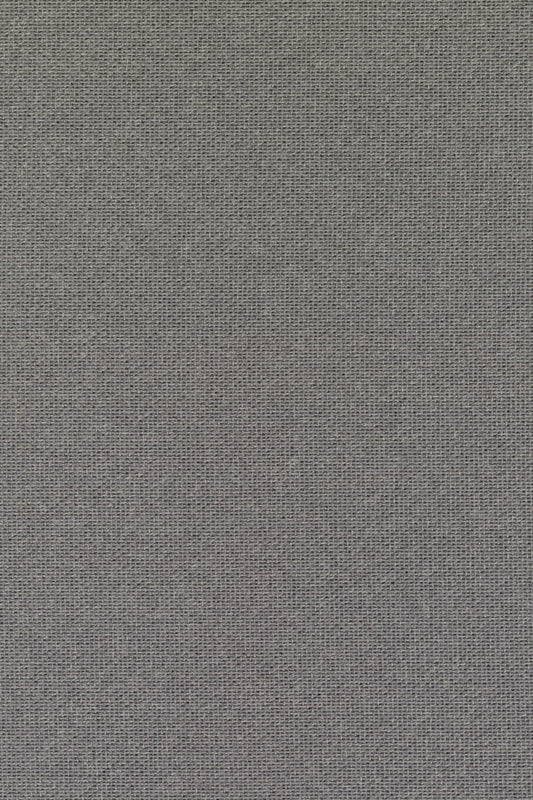 Autumn 0131
Autumn 0131 -
 Autumn 0221
Autumn 0221 -
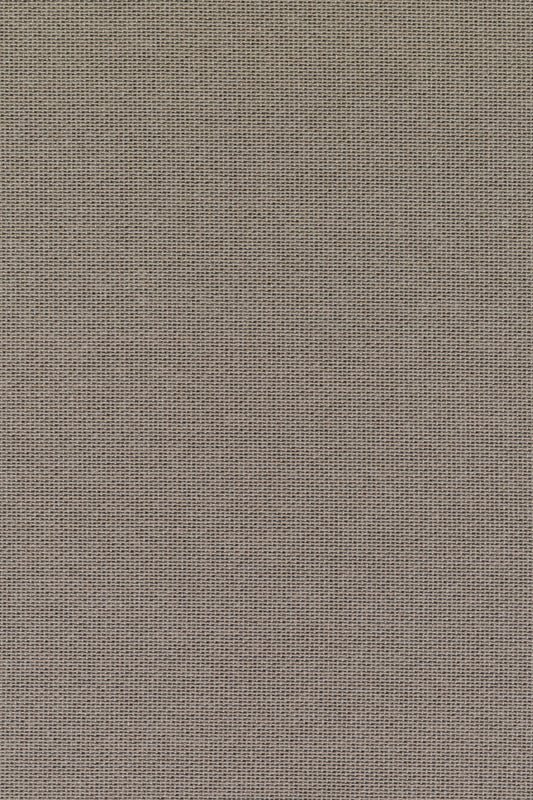 Autumn 0331
Autumn 0331 -
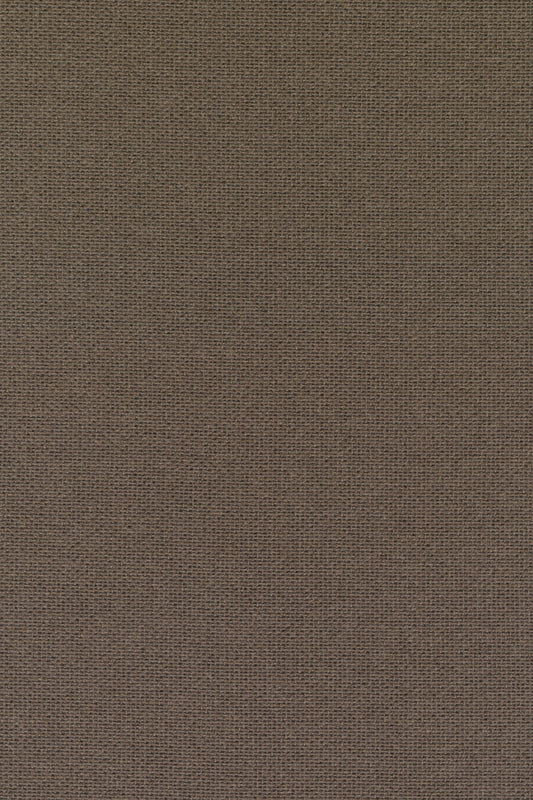 Autumn 0361
Autumn 0361 -
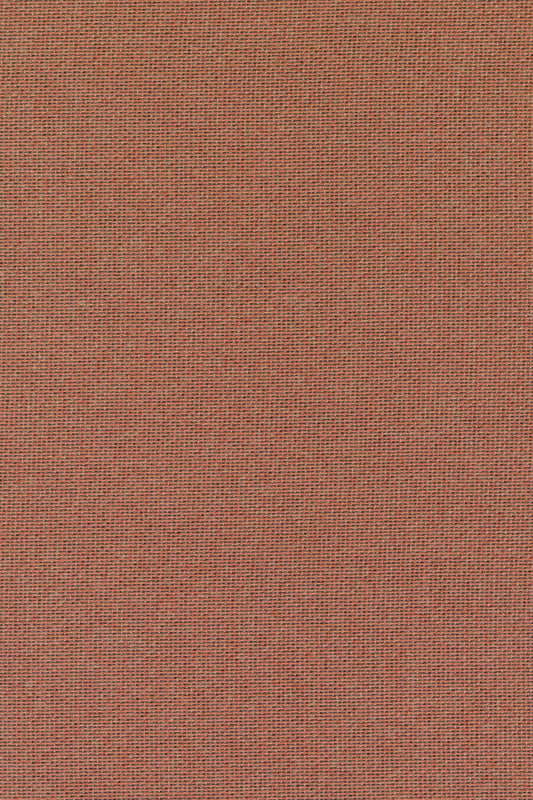 Autumn 0551
Autumn 0551 -
 Autumn 0681
Autumn 0681 -
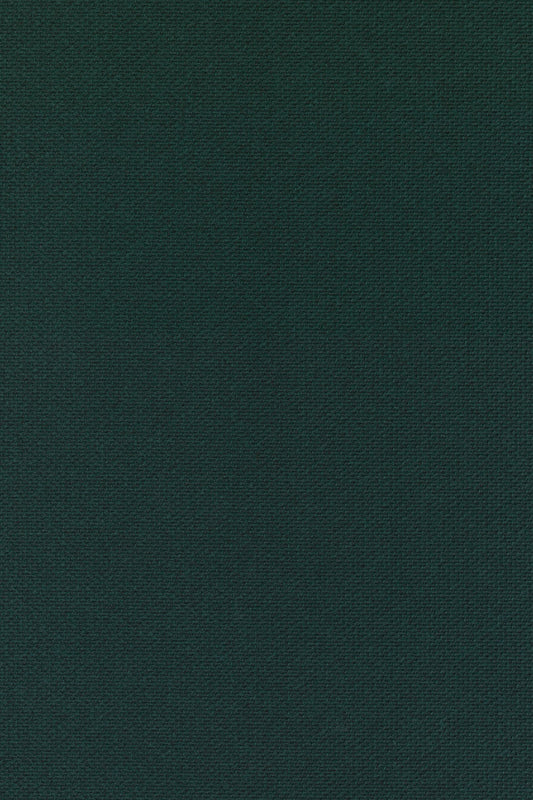 Autumn 0971
Autumn 0971
Field 2
Pattern: Solid
Composition: 100% Trevira CS
Weight: 450 g/lin. m (14.51 oz/ly)
EN ISO 12947
The Martindale method is the most widely used method for testing upholsteries for abrasion resistance. During testing the fabric is rubbed against a standard wool textile with a given weight-load applied. Running at intervals of 5.000 circular rubbing motions, the test continues until two threads are worn.
Minimum requirements
Private and low traffic public areas: 10.000 – 15.000 rubs
High traffic private and office spaces: 15.000 – 25.000 rubs
Public spaces and transportation: 25.000 – 45.000 rubs
Durability test results exceeding ACT performance guidelines (> 40,000 rubs) are not an indicator of product lifespan. Multiple factors affect durability and appearance retention.
EN ISO 12945
Pilling is the term used to indicate whether small balls of fibres, known as pills, form on the surface of the fabric due to wear.
It is evaluated on a scale from 5 (best) to 1 (worst).
ISO 105-B02
Lightfastness relates to the ability of a textile to retain its colour under light. When testing for lightfastness, samples are exposed to artificial daylight for a specified period.
The evaluation scale ranges from 1 (worst) to 8 (best). An increase of one point corresponds to a doubling of the lightfastness, i.e. the same fading takes twice as long.
NF D 60 013 • US Cal. Bull. 117-2013 • NFPA 701 • BS 5852 Crib 5 • EN 1021-1/2 • AS/NZS 3837 class 1 • IMO FTP Code 2010 Part 8 • ÖNORM B1/Q1 • DIN 4102 B1 • NF P 92 507 M1 • FAR 25.853 • UNI 9175 1IM • UNI 9177 Classe 1 • BS 5867 part 2 type B • SN 198 898 5.2 • EN 13501-1, B-s1, d0 • CAN ULC S102 • CAN ULC S109 • IMO FTP Code 2010 Part 5 • GB 8624 B1 • ASTM E84 Class A Unadhered
Flame retardant performance depends on the type of foam used. There are differing requirements concerning the flame-retardancy of textiles dependent on the area of application, country or even region. Our textiles pass the majority of international standards and are also tested for a selection of regional requirements.
ISO 105-X12
The term for determining the resistance of the textile’s colour to rubbing off and staining other materials. A distinction is made between wet and dry rubbing.
It is evaluated on a scale from 5 (best) to 1 (worst).
EN ISO 13936-2
Regular cleaning is important in order to keep the upholstery textile looking its best and to prolong its life. Dust and dirt wear down the textile and also reduce its re-retardant properties.
Vacuum frequently, ideally every week, at half power where appropriate. Wipe upholstery fabrics made from polyurethane with a dry or moist cloth. May also be vacuum cleaned with a soft brush.
- Wash at max. 60°C/ 140°F, mild process
- Do not bleach
- Do not tumble dry
- Iron at medium temperature (max. 150°C)
- Professional dry cleaning recomended
100% Trevira CS

Designed by Alfredo Häberli, Field 2 is an upholstery textile characterised by intriguing colour combinations and an intricate chequered pattern. Originally inspired by the classic Kvadrat textile Hallingdal 65.
Field 2 showcases Alfredo Häberli’s exceptional talent for creating vibrant, surprising combinations of unicoloured yarns. It is woven with double weft and warp threads in different colours.
Due to the nature of man-made fibres, it is difficult to create complex, melange blends within the yarn. However, Alfredo Häberli has overcome this challenge with Field 2 by uniting unexpected, graceful tones for each colourway. For instance, mint with dusty pink and earthen brown with electric blue.
Field 2
100% Trevira CS

Designed by Alfredo Häberli, Field 2 is an upholstery textile characterised by intriguing colour combinations and an intricate chequered pattern. Originally inspired by the classic Kvadrat textile Hallingdal 65.
Field 2 showcases Alfredo Häberli’s exceptional talent for creating vibrant, surprising combinations of unicoloured yarns. It is woven with double weft and warp threads in different colours.
Due to the nature of man-made fibres, it is difficult to create complex, melange blends within the yarn. However, Alfredo Häberli has overcome this challenge with Field 2 by uniting unexpected, graceful tones for each colourway. For instance, mint with dusty pink and earthen brown with electric blue.
Pattern: Solid
Composition: 100% Trevira CS
Weight: 450 g/lin. m (14.51 oz/ly)
EN ISO 12947
The Martindale method is the most widely used method for testing upholsteries for abrasion resistance. During testing the fabric is rubbed against a standard wool textile with a given weight-load applied. Running at intervals of 5.000 circular rubbing motions, the test continues until two threads are worn.
Minimum requirements
Private and low traffic public areas: 10.000 – 15.000 rubs
High traffic private and office spaces: 15.000 – 25.000 rubs
Public spaces and transportation: 25.000 – 45.000 rubs
Durability test results exceeding ACT performance guidelines (> 40,000 rubs) are not an indicator of product lifespan. Multiple factors affect durability and appearance retention.
EN ISO 12945
Pilling is the term used to indicate whether small balls of fibres, known as pills, form on the surface of the fabric due to wear.
It is evaluated on a scale from 5 (best) to 1 (worst).
ISO 105-B02
Lightfastness relates to the ability of a textile to retain its colour under light. When testing for lightfastness, samples are exposed to artificial daylight for a specified period.
The evaluation scale ranges from 1 (worst) to 8 (best). An increase of one point corresponds to a doubling of the lightfastness, i.e. the same fading takes twice as long.
NF D 60 013 • US Cal. Bull. 117-2013 • NFPA 701 • BS 5852 Crib 5 • EN 1021-1/2 • AS/NZS 3837 class 1 • IMO FTP Code 2010 Part 8 • ÖNORM B1/Q1 • DIN 4102 B1 • NF P 92 507 M1 • FAR 25.853 • UNI 9175 1IM • UNI 9177 Classe 1 • BS 5867 part 2 type B • SN 198 898 5.2 • EN 13501-1, B-s1, d0 • CAN ULC S102 • CAN ULC S109 • IMO FTP Code 2010 Part 5 • GB 8624 B1 • ASTM E84 Class A Unadhered
Flame retardant performance depends on the type of foam used. There are differing requirements concerning the flame-retardancy of textiles dependent on the area of application, country or even region. Our textiles pass the majority of international standards and are also tested for a selection of regional requirements.
ISO 105-X12
The term for determining the resistance of the textile’s colour to rubbing off and staining other materials. A distinction is made between wet and dry rubbing.
It is evaluated on a scale from 5 (best) to 1 (worst).
EN ISO 13936-2
Regular cleaning is important in order to keep the upholstery textile looking its best and to prolong its life. Dust and dirt wear down the textile and also reduce its re-retardant properties.
Vacuum frequently, ideally every week, at half power where appropriate. Wipe upholstery fabrics made from polyurethane with a dry or moist cloth. May also be vacuum cleaned with a soft brush.
- Wash at max. 60°C/ 140°F, mild process
- Do not bleach
- Do not tumble dry
- Iron at medium temperature (max. 150°C)
- Professional dry cleaning recomended
-
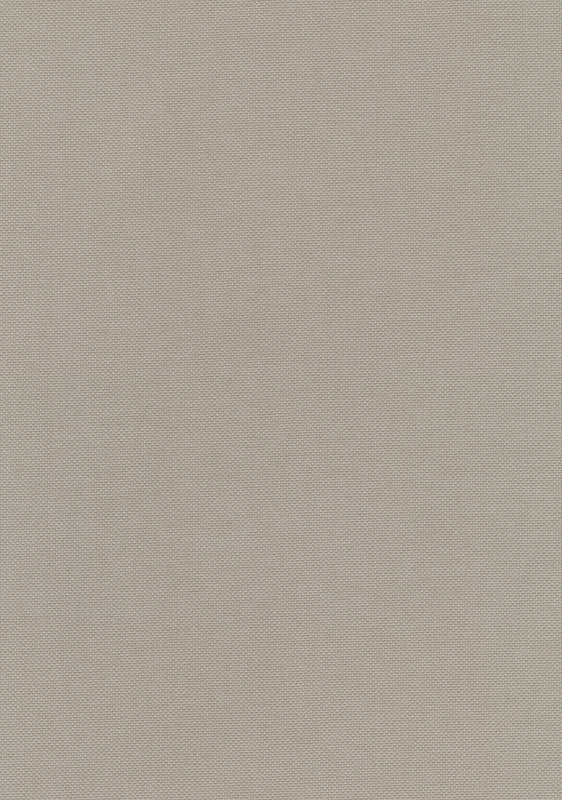 Field 2 - 233
Field 2 - 233 -
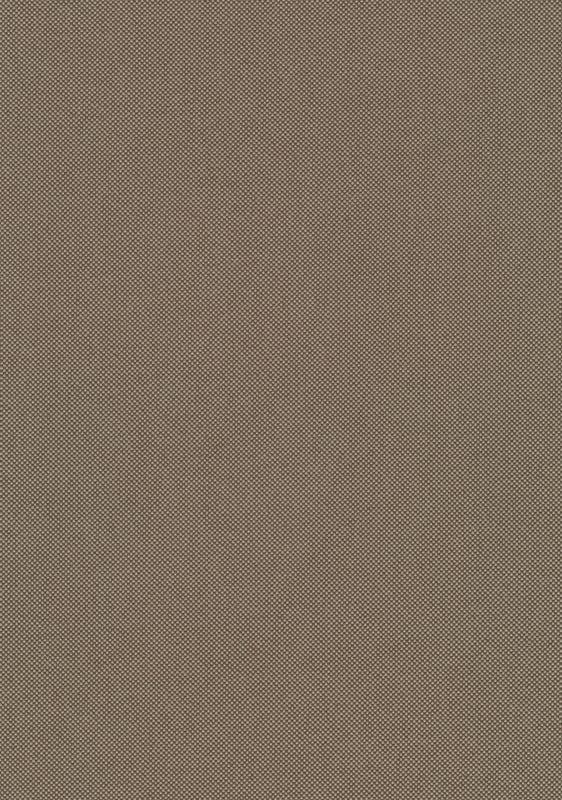 Field 2 - 343
Field 2 - 343 -
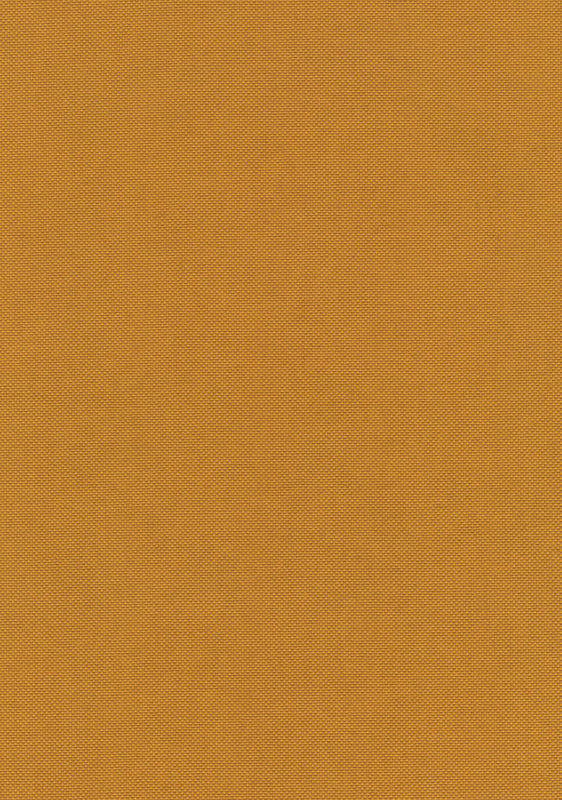 Field 2 - 463
Field 2 - 463 -
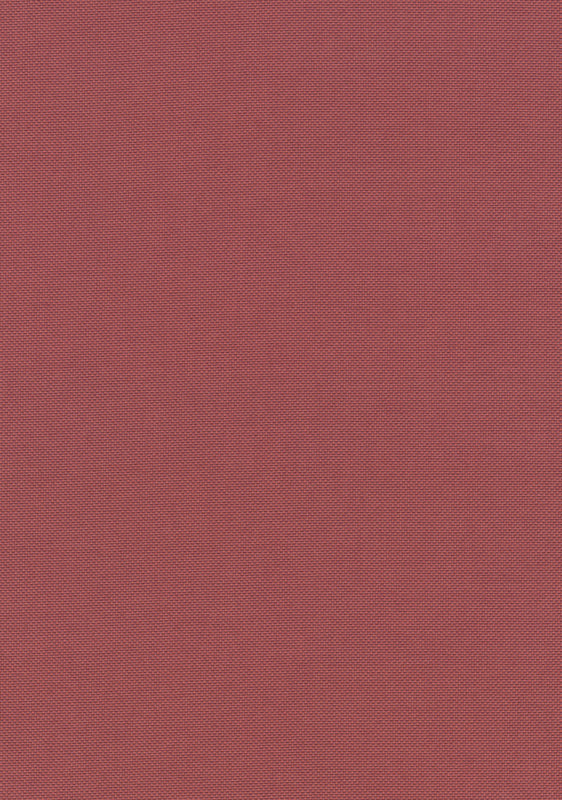 Field 2 - 643
Field 2 - 643 -
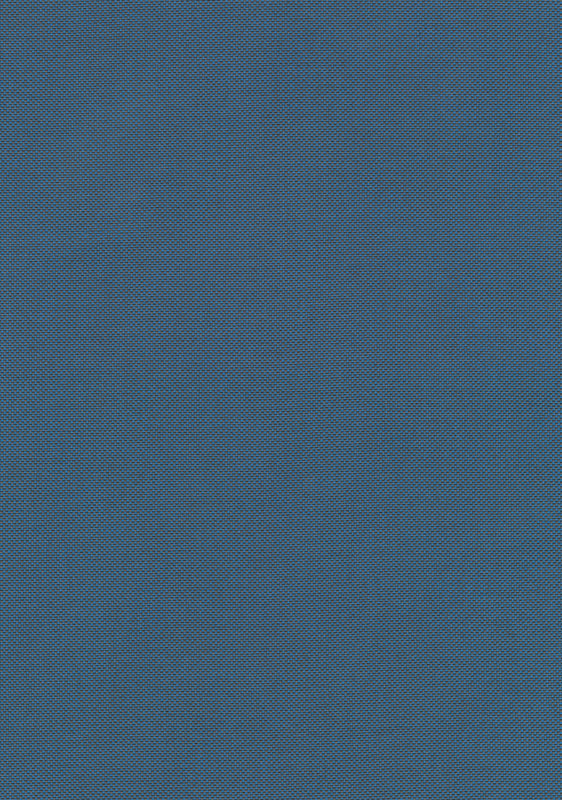 Field 2 - 733
Field 2 - 733 -
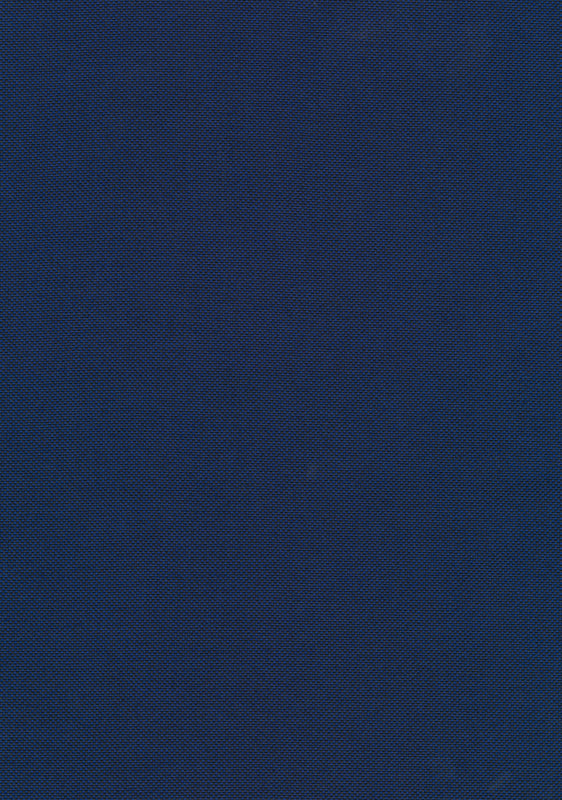 Field 2 - 763
Field 2 - 763 -
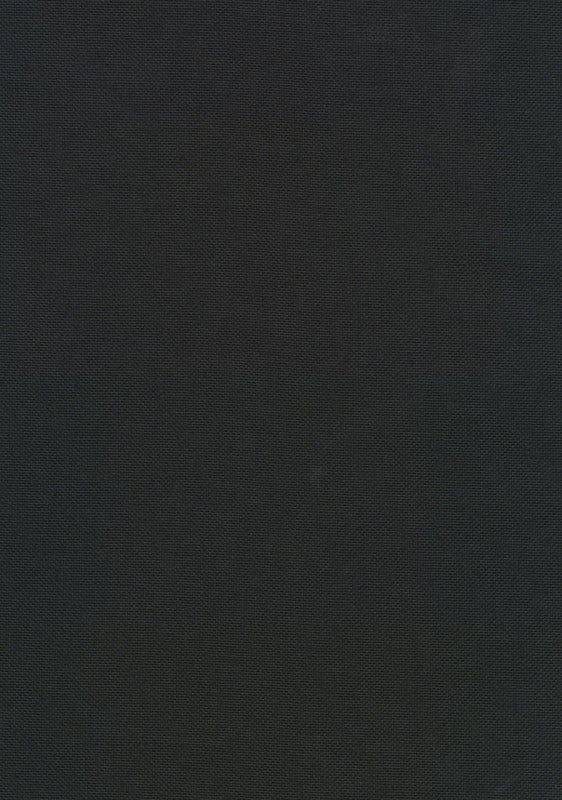 Field 2 - 793
Field 2 - 793 -
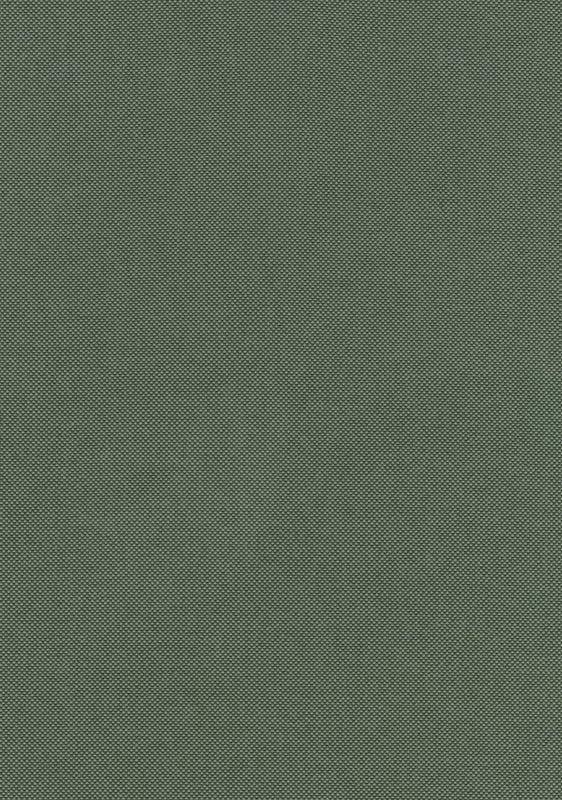 Field 2 - 943
Field 2 - 943
Re-wool 2
Pattern: Solid
Composition: 45% recycled wool45% new wool, worsted10% nylon
Weight: 540 g/lin. m (17.42 oz/ly)
EN ISO 12947
The Martindale method is the most widely used method for testing upholsteries for abrasion resistance. During testing the fabric is rubbed against a standard wool textile with a given weight-load applied. Running at intervals of 5.000 circular rubbing motions, the test continues until two threads are worn.
Minimum requirements
Private and low traffic public areas: 10.000 – 15.000 rubs
High traffic private and office spaces: 15.000 – 25.000 rubs
Public spaces and transportation: 25.000 – 45.000 rubs
Durability test results exceeding ACT performance guidelines (> 40,000 rubs) are not an indicator of product lifespan. Multiple factors affect durability and appearance retention.
EN ISO 12945
Pilling is the term used to indicate whether small balls of fibres, known as pills, form on the surface of the fabric due to wear.
It is evaluated on a scale from 5 (best) to 1 (worst).
ISO 105-B02
Lightfastness relates to the ability of a textile to retain its colour under light. When testing for lightfastness, samples are exposed to artificial daylight for a specified period.
The evaluation scale ranges from 1 (worst) to 8 (best). An increase of one point corresponds to a doubling of the lightfastness, i.e. the same fading takes twice as long.
NF D 60 013 • US Cal. Bull. 117-2013 • EN 1021-1/2 • IMO FTP Code 2010 Part 8 • ÖNORM B1/Q1 • BS 5852 part 1 • UNI 9175 1IM • AS/NZS 1530.3 • AS/NZS 3837 class 2 • EN 13501 B-s2, d0 with treatment • SN 198 898 5.3 with treatment • ASTM E84 Class A Unadhered • BS 5852 crib 5 with treatment
Flame retardant performance depends on the type of foam used. There are differing requirements concerning the flame-retardancy of textiles dependent on the area of application, country or even region. Our textiles pass the majority of international standards and are also tested for a selection of regional requirements.
ISO 105-X12
The term for determining the resistance of the textile’s colour to rubbing off and staining other materials. A distinction is made between wet and dry rubbing.
It is evaluated on a scale from 5 (best) to 1 (worst).
EN ISO 13936-2
Regular cleaning is important in order to keep the upholstery textile looking its best and to prolong its life. Dust and dirt wear down the textile and also reduce its re-retardant properties.
Vacuum frequently, ideally every week, at half power where appropriate. Wipe upholstery fabrics made from polyurethane with a dry or moist cloth. May also be vacuum cleaned with a soft brush.
- Do not wash
- Do not bleach
- Do not tumble dry
- Iron at medium temperature (max. 150°C)
- Professional dry cleaning only
45% Recycled wool

Re-wool 2 is an upholstery textile designed by Margrethe Odgaard woven with 45% recycled wool.
The recycled woollen yarn used in the warp is spun from post-industrial fibre scraps collected from Kvadrat’s own production of woollen textiles at Wooltex weaving mill. Closing this loop within their own production ensures that the recycled wool is of the same high quality in every batch and reduces our wool fibre waste to almost zero.
The original colours for the Re-wool palette were all picked from Margrethe Odgaard’s ‘Shades of Light’ collection of hand-painted samples, comprised of blended notes inspired by the transitions from light to darkness unique to Scandinavia. When updating the colourways, Margrethe Odgaard observed that the melange warp could carry more saturated colours than initially thought, and so supplemented the existing weft palette with brighter blues, rusty reds, and vibrant greens, as well as deeper shades of blue and brown that bring out the tones of the recycled wool.
Re-wool 2
45% Recycled wool

Re-wool 2 is an upholstery textile designed by Margrethe Odgaard woven with 45% recycled wool.
The recycled woollen yarn used in the warp is spun from post-industrial fibre scraps collected from Kvadrat’s own production of woollen textiles at Wooltex weaving mill. Closing this loop within their own production ensures that the recycled wool is of the same high quality in every batch and reduces our wool fibre waste to almost zero.
The original colours for the Re-wool palette were all picked from Margrethe Odgaard’s ‘Shades of Light’ collection of hand-painted samples, comprised of blended notes inspired by the transitions from light to darkness unique to Scandinavia. When updating the colourways, Margrethe Odgaard observed that the melange warp could carry more saturated colours than initially thought, and so supplemented the existing weft palette with brighter blues, rusty reds, and vibrant greens, as well as deeper shades of blue and brown that bring out the tones of the recycled wool.
Pattern: Solid
Composition: 45% recycled wool45% new wool, worsted10% nylon
Weight: 540 g/lin. m (17.42 oz/ly)
EN ISO 12947
The Martindale method is the most widely used method for testing upholsteries for abrasion resistance. During testing the fabric is rubbed against a standard wool textile with a given weight-load applied. Running at intervals of 5.000 circular rubbing motions, the test continues until two threads are worn.
Minimum requirements
Private and low traffic public areas: 10.000 – 15.000 rubs
High traffic private and office spaces: 15.000 – 25.000 rubs
Public spaces and transportation: 25.000 – 45.000 rubs
Durability test results exceeding ACT performance guidelines (> 40,000 rubs) are not an indicator of product lifespan. Multiple factors affect durability and appearance retention.
EN ISO 12945
Pilling is the term used to indicate whether small balls of fibres, known as pills, form on the surface of the fabric due to wear.
It is evaluated on a scale from 5 (best) to 1 (worst).
ISO 105-B02
Lightfastness relates to the ability of a textile to retain its colour under light. When testing for lightfastness, samples are exposed to artificial daylight for a specified period.
The evaluation scale ranges from 1 (worst) to 8 (best). An increase of one point corresponds to a doubling of the lightfastness, i.e. the same fading takes twice as long.
NF D 60 013 • US Cal. Bull. 117-2013 • EN 1021-1/2 • IMO FTP Code 2010 Part 8 • ÖNORM B1/Q1 • BS 5852 part 1 • UNI 9175 1IM • AS/NZS 1530.3 • AS/NZS 3837 class 2 • EN 13501 B-s2, d0 with treatment • SN 198 898 5.3 with treatment • ASTM E84 Class A Unadhered • BS 5852 crib 5 with treatment
Flame retardant performance depends on the type of foam used. There are differing requirements concerning the flame-retardancy of textiles dependent on the area of application, country or even region. Our textiles pass the majority of international standards and are also tested for a selection of regional requirements.
ISO 105-X12
The term for determining the resistance of the textile’s colour to rubbing off and staining other materials. A distinction is made between wet and dry rubbing.
It is evaluated on a scale from 5 (best) to 1 (worst).
EN ISO 13936-2
Regular cleaning is important in order to keep the upholstery textile looking its best and to prolong its life. Dust and dirt wear down the textile and also reduce its re-retardant properties.
Vacuum frequently, ideally every week, at half power where appropriate. Wipe upholstery fabrics made from polyurethane with a dry or moist cloth. May also be vacuum cleaned with a soft brush.
- Do not wash
- Do not bleach
- Do not tumble dry
- Iron at medium temperature (max. 150°C)
- Professional dry cleaning only
-
 Re-wool 2 - 0128
Re-wool 2 - 0128 -
 Re-wool 2 - 0198
Re-wool 2 - 0198 -
 Re-wool 2 - 0648
Re-wool 2 - 0648 -
 Re-wool 2 - 0687
Re-wool 2 - 0687 -
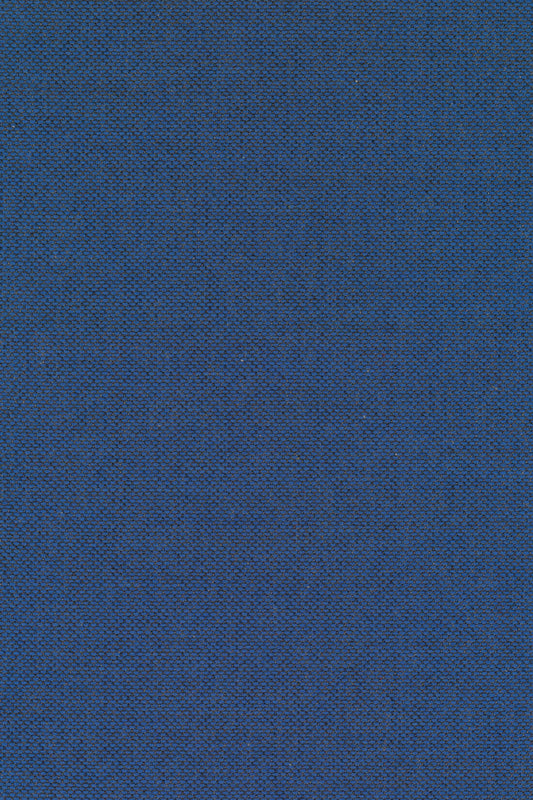 Re-wool 2 - 0767
Re-wool 2 - 0767 -
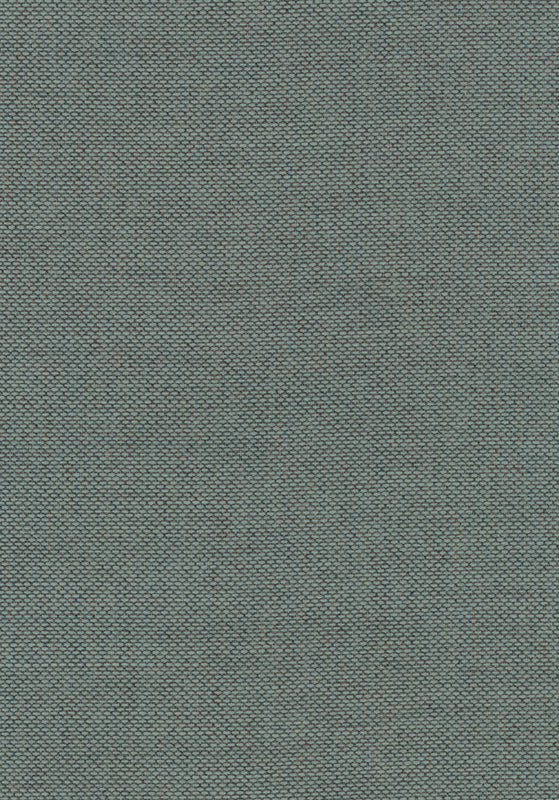 Re-wool 2 - 0868
Re-wool 2 - 0868 -
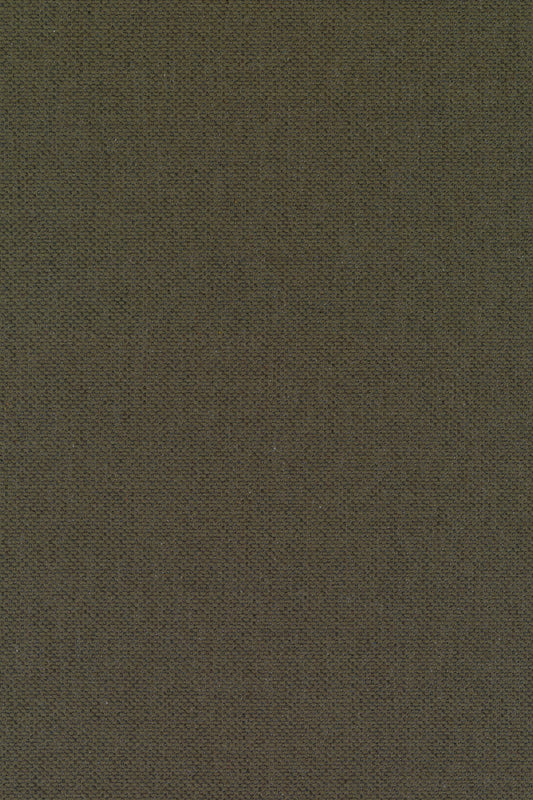 Re-wool 2 - 0977
Re-wool 2 - 0977 -
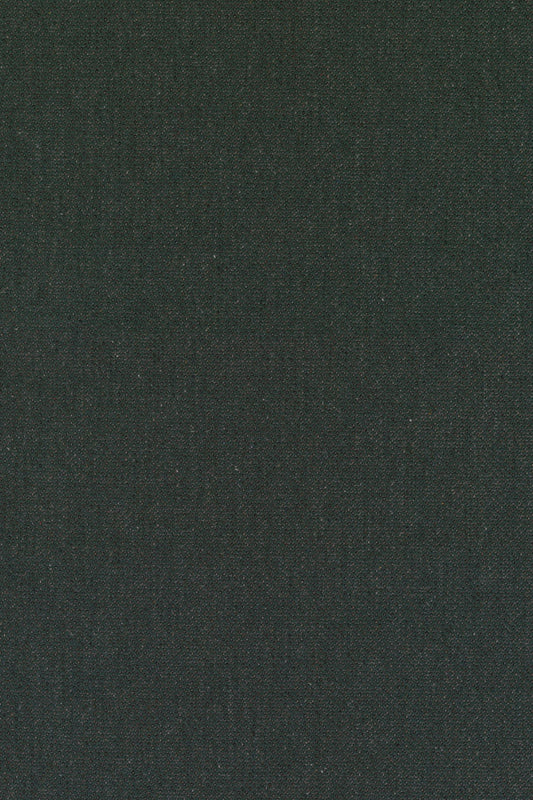 Re-wool 2 - 0987
Re-wool 2 - 0987
Join our newsletter and be the first to hear about the latest MOEBE designs
























































































